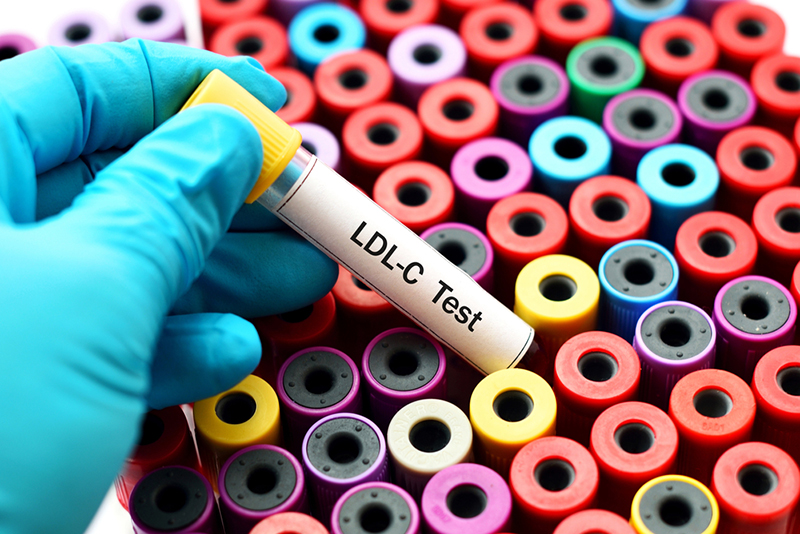Volume 110, Nº 2, February 2018
DOI: http://www.dx.doi.org/10.5935/abc.20180005
ORIGINAL ARTICLE
Clinical, Anthropometric and Biochemical Characteristics of Patients with or without Genetically Confirmed Familial Hypercholesterolemia
Andrea De Lorenzo
Juliana Duarte Lopes da Silva
Cinthia E. James
Alexandre C. Pereira
Annie Seixas Bello Moreira

Abstract
Background: Familial hypercholesterolemia (FH) is a common autosomal dominant disorder, characterized by a high level of low-density lipoprotein cholesterol (LDL-C) and a high risk of premature cardiovascular disease.
Objective: To evaluate clinical and anthropometric characteristics of patients with the familiar hypercholesterolemia (FH) phenotype, with or without genetic confirmation of FH.
Methods: Forty-five patients with LDL-C > 190 mg/dl were genotyped for six FH-related genes: LDLR, APOB, PCSK9, LDLRAP1, LIPA and APOE. Patients who tested positive for any of these mutations were considered to have genetically confirmed FH. The FH phenotype was classified according to the Dutch Lipid Clinic Network criteria.
Results: Comparing patients with genetically confirmed FH to those without it, the former had a higher clinical score for FH, more often had xanthelasma and had higher LDL-C and apo B levels. There were significant correlations between LDL-C and the clinical point score for FH (R = 0.382, p = 0.037) and between LDL-C and body fat (R = 0.461, p = 0.01). However, patients with mutations did not have any correlation between LDL-C and other variables, while for those without a mutation, there was a correlation between LDL-C and the clinical point score.
Conclusions: LDL-C correlated with the clinical point score and with body fat, both in the overall patient population and in patients without the genetic confirmation of FH. In those with genetically confirmed FH, there were no correlations between LDL-C and other clinical or biochemical variables in patients. (Arq Bras Cardiol. 2018; 110(2):119-123)
Keywords: Hyperlipoproteinemia Type II; Body Weights and Measurements, LDL Lipoproteins, Dyslipidemias, Mutation, Phenotype.















